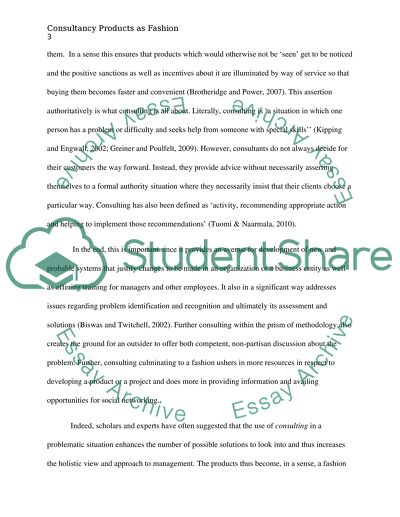Cite this document
(“Management Consulting Essay Example | Topics and Well Written Essays - 1500 words”, n.d.)
Retrieved from https://studentshare.org/macro-microeconomics/1426009-management-consulting
Retrieved from https://studentshare.org/macro-microeconomics/1426009-management-consulting
(Management Consulting Essay Example | Topics and Well Written Essays - 1500 Words)
https://studentshare.org/macro-microeconomics/1426009-management-consulting.
https://studentshare.org/macro-microeconomics/1426009-management-consulting.
“Management Consulting Essay Example | Topics and Well Written Essays - 1500 Words”, n.d. https://studentshare.org/macro-microeconomics/1426009-management-consulting.


